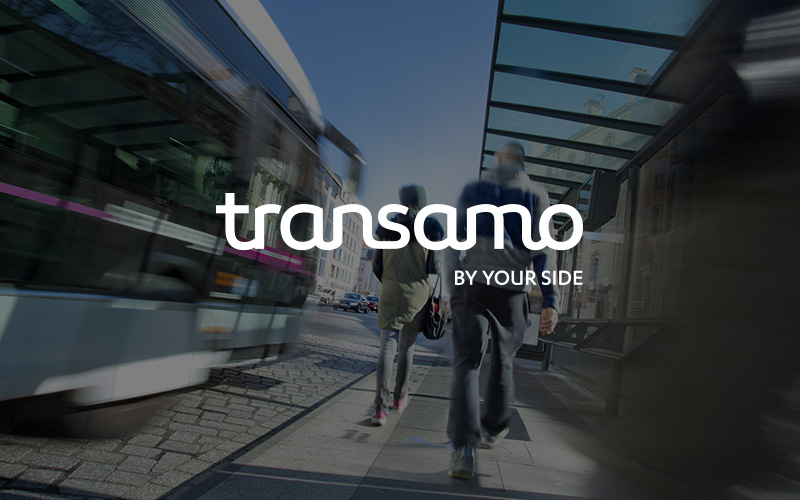PERIOD
2014
THE STUDY
Definition of the potential for travel by public transport in Alsace
COMMISSIONING AUTHORITY
The Alsace regional council
EXECUTION
TRANSAMO
TOOLS
Access
MapInfo
INPUT DATA
INSEE data on employment and the population
Database of the regional express train season ticket holders

The Alsace regional council wanted to know more about regional mobility in order to target its actions and favour a transfer to public transport.
The goal of the study was to identify potential travel that could be specifically captured by public transport and by regional express trains.
The study identified in particular:
- the number of inhabitants living close to stations and changes in the population,
- employment areas and their development,
- the catchment areas of the stations,
- travel by all modes of transport between localities and its reasons,
- travel that could be captured by regional express trains.
The challenge facing the mission consisted of improving knowledge on regional mobility and studying the reasons why travellers do not choose public transport.
We developed a tool to guarantee the database we created would be usable and offer a graphical representation of the catchment areas by station.
The study was broken down into three phases:
The diagnostic consisted of:
- using the INSEE data and surveys to estimate population and jobs in the vicinity of the stations,
- identifying employment areas and their sphere of influence.
The second part consisted of:
- analysing the data on the regional express train season ticket holders and the rail and road network structure . It aims at defining precisely the catchment area around each station, according to:
- the train direction,
- the mode of transport used,
- the feeder or distribution zone.
- consolidating data in a database and developing a tool to make it easily usable by station and produce a graphical representation.
Finally, a third phase comprising a survey of non-users will be completed to assess the reasons for non-use and the corresponding levers.